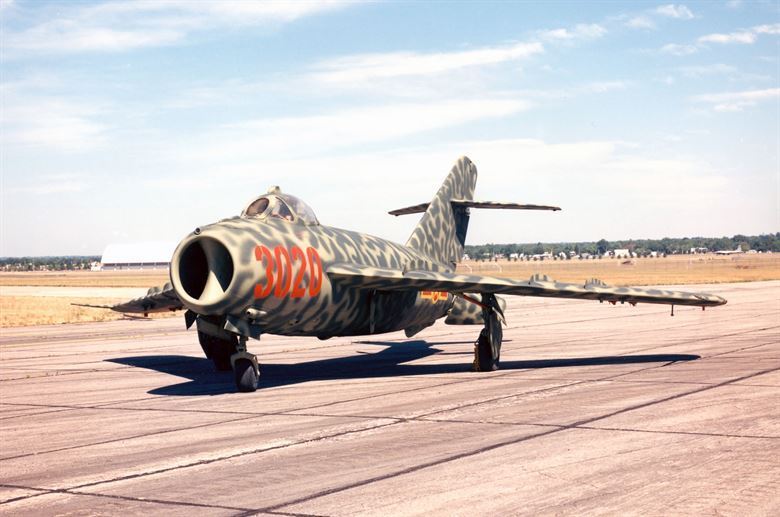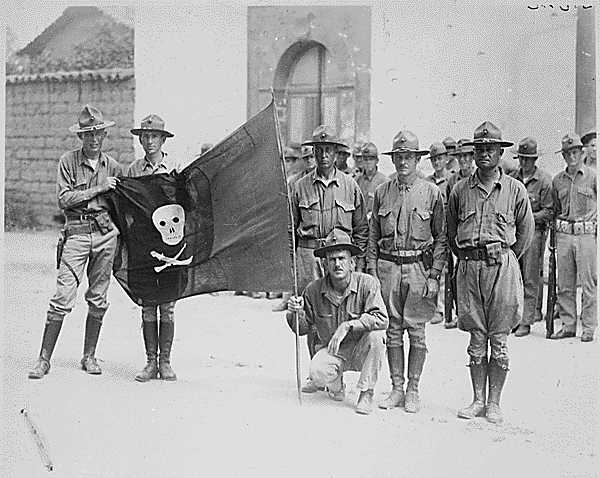This article by Alex Hollings originally appeared on SOFREP
When recounting the stories of Vietnam, we have a tendency to focus on the experiences of the ground troops, fighting their way through unforgiving jungles — but the fighting going on above their heads was also surprisingly hard on American forces. While the air conflict should have been one-sided (or so it seemed on paper), many American fighter pilots found themselves in a literal fight for their lives in the skies over Vietnam, thanks in no small part to issues with American ordnance and a great deal of technical support provided to the North Vietnamese by both Russia and China.
What should have been a clinic in air-to-air combat quickly proved far more difficult than American leaders expected, with Vietnamese pilots flying Mig-17s and Mig-21s conducting hit-and-run attacks on U.S. fighter formations as they made their routinely scheduled (and highly predictable) patrols.

Related: HOW B-52 BOMBERS SHOT DOWN ENEMY FIGHTER JETS IN VIETNAM
Despite flying older jets and lacking the newer air-to-air missile technology America’s F-4 Phantom was reliant on, Vietnamese pilots benefited from America’s strategic overconfidence, a target-rich environment, and their own guerilla-style tactics to rack up a great deal of kills against American aviators. By the end of the conflict, 22 total pilots from both nations had earned the title of “Flying Ace,” an honor reserved for only those who shoot down five or more enemy aircraft.
Of those 22, a whopping 17 were North Vietnamese pilots. Of course, there are a number of things skewing these figures to their benefit: American pilots often flew one tour of duty over Vietnam, giving them only a year or so to accumulate kills as compared to North Vietnamese pilots who flew and fought throughout the entirety of the conflict. There were also far more American aircraft to shoot at than there were North Vietnamese planes, making it easier to find and engage multiple targets per mission. Nonetheless, by the time the last shots were fired over Vietnam, the United States had lost 245 aircraft in air-to-air combat, as compared to North Vietnam’s losses of somewhere between 131 and 195, depending on whose records you believe.
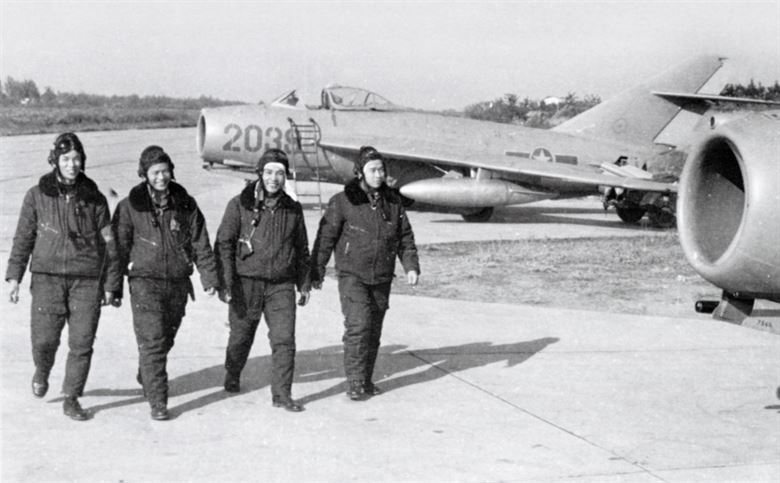
By far, the most prolific (and dangerous) of these North Vietnamese fighter aces was a Colonel with a last name of either “Tomb” or “Toon.” This mysterious pilot, who was discovered through the U.S.’ signal intelligence efforts to eavesdrop on enemy communications, quickly gained infamy among the Americans after becoming the first enemy ace to be confirmed through America’s own intelligence-gathering efforts. Tomb would go on to rack up a total of thirteen air-to-air kills, apparently crossing platforms from the Mig-17 to the better performing Mig-21 sometime after his sixth kill — at least, according to legendary images showing six “victory stars” on the nose of a Mig-17 and later, thirteen such stars on the nose of a Mig-21, both supposedly belonging to the same master pilot.
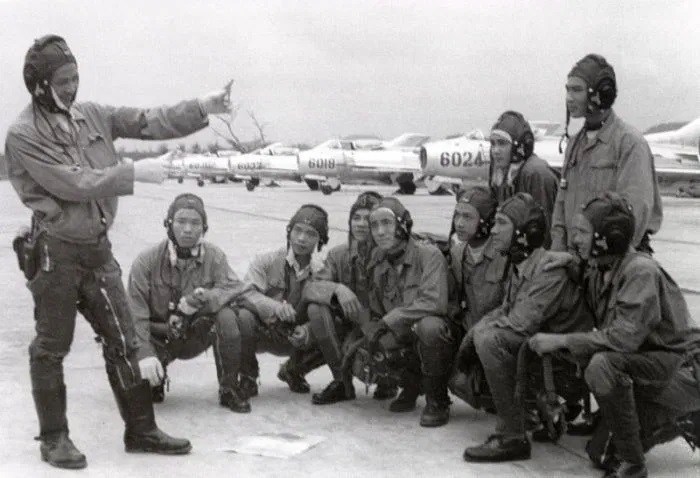
The legendary run of North Vietnam’s most capable pilot would eventually come to an end thanks to the skills of Navy Lt. Randy “Duke” Cunningham and his back-seat radio intercept officer, Lt. Junior Grade William “Irish” Driscoll — at the stick of an F-4J. These pilots were recent graduates of the Navy’s Top Gun school, and on May 10th and 11th of 1972, they found themselves right in the thick of the fight, with four of their fellow F-4 Phantoms shot down over the span of the two days, along with 11 North Vietnamese fighters.
With two kills to their name already, Duke and Irish found themselves in a scrambling dog fight for their lives with a number of MiG-17s, one of which was closing with him head-on. Duke pressed forward — which was potentially ill-advised as the Mig-17 carried only a deadly cannon that Duke put his aircraft within range of, but the F-4 evaded the cannon fire and moved into a tight turn that was matched by the MiG. As their turns got tighter and tighter, the slower and more agile MiG began to gain the advantage.

Duke tried to create distance between himself and the MiG, but the North Vietnamese pilot proved hard to shake, so after two afterburner passes trying to lose the nimble aircraft, Duke acted as though he was about to begin a third attempt when instead, he effectively slammed on the brakes, allowing the MiG to fly right by him. The MiG pilot turned into a steep dive, aware that the F-4’s heat-seeking missiles may lose it against the backdrop of the earth. Duke fired a Sidewinder missile just in time, striking the MiG and sending it plummeting to the ground. Duke Cunningham reported seeing no one eject, and no parachute opening.
He also noted the number “3020” emblazoned on the Mig’s fuselage… that number was believed to be Colonel’s Tomb’s aircraft.
Shortly thereafter, Duke Cunningham’s F-4 was hit by an SA-2 surface-to-air missile, forcing him to limp the aircraft out to sea where both crewmen ejected and were later rescued. Despite the loss of the aircraft, Duke Cunningham had made history: He and Irish Driscoll had shot down three fighters in one day, making them the Navy’s first fighting aces in the war thanks to their previous two kills. They had also apparently shot down the enemy’s best fighter pilot, with 13 kills accounted for to date. After that day, U.S. signal intelligence did not eavesdrop on any more mentions of the fighter ace.
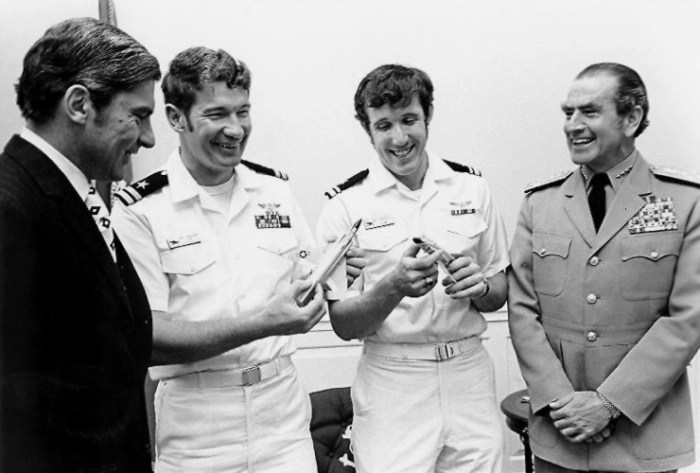
But did they really? Although Duke Cunningham’s account of the dog fight has been substantiated, the existence of Colonel Tomb, or Toon, hasn’t. In fact, the Vietnamese military has no record of such a pilot ever flying for them at all — begging the question, who was this killer pilot?
In the years since, there have been a number of theories ranging from the pragmatic to the exotic. Some contend that Tomb was a product of North Vietnamese propaganda, devised to strike fear in the hearts of American pilots. This theory posits that a number of excellent pilots, including men like Nguyen Van Coc, Mai Van Curong, and Nguyen Hong Nhi, with a combined 25 American kills between them, all flew under the name at one time or another, adding to the legend. Other theories suggest that America concocted the story in order to deliver a much-needed win at a politically motivated time by finally announcing the death of the enemy’s best pilot. Still, other theories suggest that the legendary Tomb was actually a Russian or Chinese fighter pilot on loan to the North Vietnamese, accounting for the lack of military records to substantiate his existence.

Related: THIS IS WHY ADVANCED FIGHTERS STILL CARRY GUNS
The truth, however, is likely far more mundane. A number of elements of the tale of Tomb/Toon don’t quite add up: Neither the spelling nor pronunciation are Vietnamese names, Vietnam has not heralded the man as a hero as they have so many others from the war, and perhaps most importantly, Duke Cunningham and Irish Driscoll shot down a Mig-17, but legend had it that Tomb/Toon had already switched to a Mig-21 by then (which was also a rather uncommon practice for North Vietnamese pilots).
In reality, the moniker was likely picked up through confusion within America’s signal intelligence apparatus, as American troops tried to make sense of the radio chatter they were picking up. Chances are good that multiple pilots under different names were mistaken for the same name through the language barrier and static. This mistake was then exacerbated by cultural differences, like the North Vietnamese habit of recording victory stars on the nose of air aircraft for each kill that plane had seen regardless of the pilot at the stick.
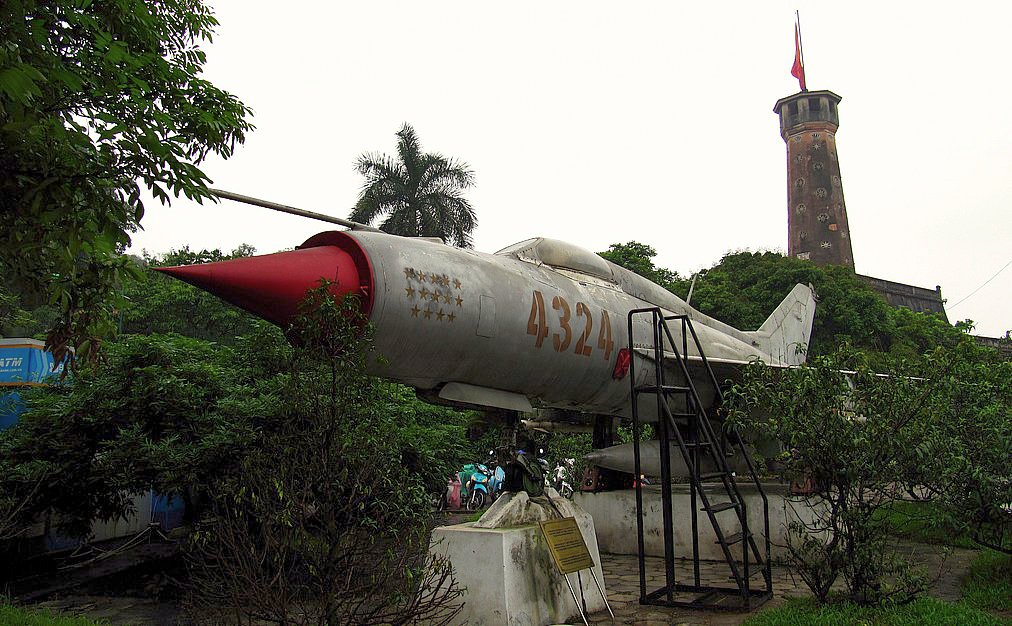
This confusion combined with the very real tales of pilots like Nguyen Van Coc, who at 26 years old had already accrued nine air-to-air kills (including two early drones). Six of his kills were even confirmed by the U.S. and Van Coc is remembered today as the war’s most successful real fighter pilot.
So, the legend of North Vietnam’s most prolific fighter pilot seems to be made of little more than radio static and American imagination — but the truth is actually even more interesting. The North Vietnamese didn’t rely on a single “hero” to fight for their skies — they had 17 of them, and at one point, the dog fights over Vietnam may have been among the most dramatic and intense of any American conflict in history.
